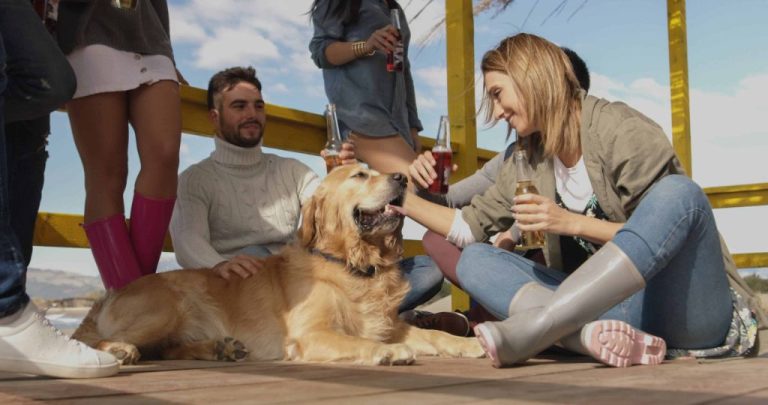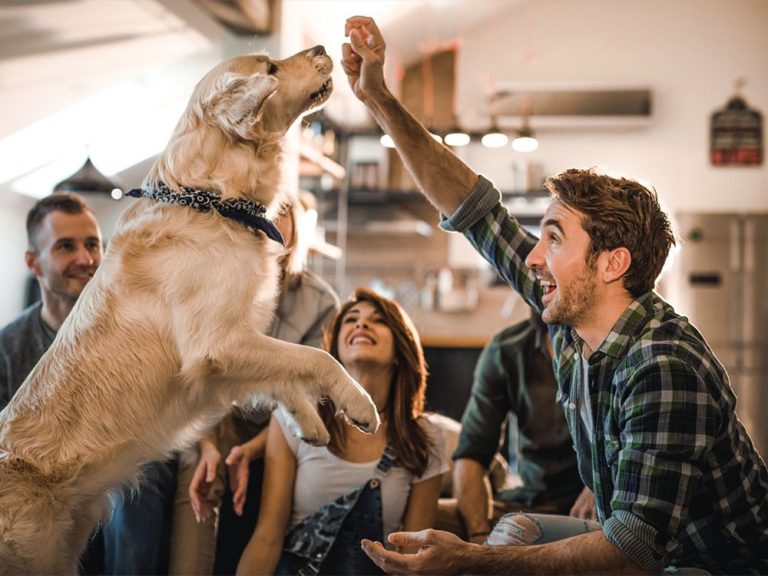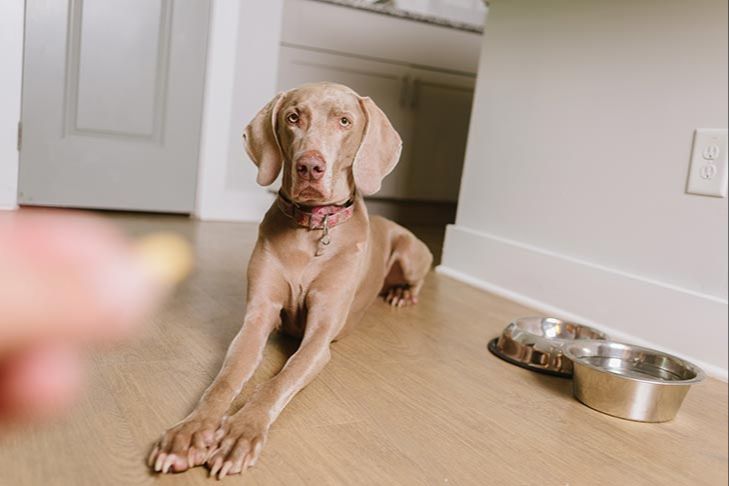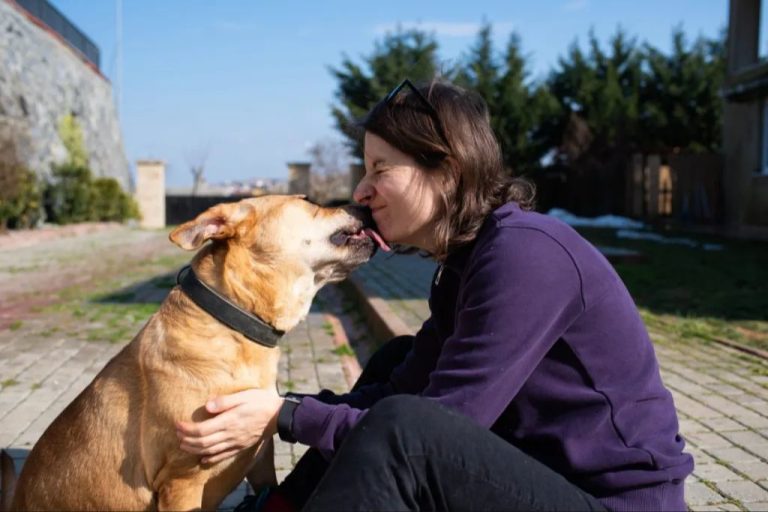Beginner’S Guide To Introducing Your Dog To New Environments
Prepare Your Dog Mentally
One of the most important things you can do before taking your dog somewhere new is to get them comfortable with any gear they’ll need to wear or use, like a leash, crate, or carrier. Create positive associations with these items through treats, toys, and praise so your dog sees them as something good.
You can also start to desensitize your dog to sights and sounds they may experience in new places. Play recordings of busy crowds or loud vehicles while at home and reward calm behavior. Or walk them around the block wearing their leash and carrier before the big trip.
The more you can prepare your dog mentally for new experiences, the less anxious and overwhelmed they’ll feel when faced with new environments. Take it slow and make new gear and settings fun rather than scary. A dog who feels secure with their equipment and exposure to new sights and sounds will handle travel much easier.
Start Slowly
When introducing your dog to a new environment for the first time, it’s important to start slowly and not overwhelm them. The ASPCA recommends that a dog’s first trip away from home should be relatively short and close by, rather than an extended trip far away [1]. This helps ease them into the experience gently.
Bring along treats and a favorite toy on first trips so your dog associates new places with positive rewards. Give treats and play during the experience to reinforce enjoyable associations.
Also choose destinations that aren’t too crowded or stimulating at first, like a quiet park or hiking trail rather than a busy downtown area. Limit interactions with new people and dogs so as not to overexcite your pup. The goal is to gently expose your dog somewhere new while keeping the experience low-key and positive.
Taking it slow with short first trips sets your dog up for success adjusting to travel and prevents overwhelming them.
[1] https://www.aspcapetinsurance.com/resources/dog-travel-guide/
Read Your Dog’s Body Language
Your dog communicates how they’re feeling through body language. Look for signs of anxiety like excessive yawning, lip licking, shaking, or whale eye where the whites of their eyes are visible. These are indicators your dog may be feeling overwhelmed or uneasy in the environment.
Pay close attention to any changes from their normal behavior when introducing new situations. A normally confident, tail-wagging dog who suddenly stops moving and freezes in place needs you to intervene. Be ready to gently guide them out of the stressful environment.
While you want to encourage your dog to explore new places, don’t force them past their comfort zone. If your dog’s body language conveys they are overly anxious or shutting down, retreat to a quieter area where they can relax before trying again. Go slowly and let your dog communicate when they are ready for more.
Use Their Favorite Things
Bringing items your dog loves can provide comfort in new environments. Pack a favorite toy or blanket with familiar scents from home. Your dog will likely find these objects reassuring. According to the Human Society, “Dogs want to make you happy! Use calm, firm, clear cues (a single, strong “no,” for example) immediately after they do something you’d like to correct or, better yet, redirect your dog’s attention before they have a chance to get into trouble.”
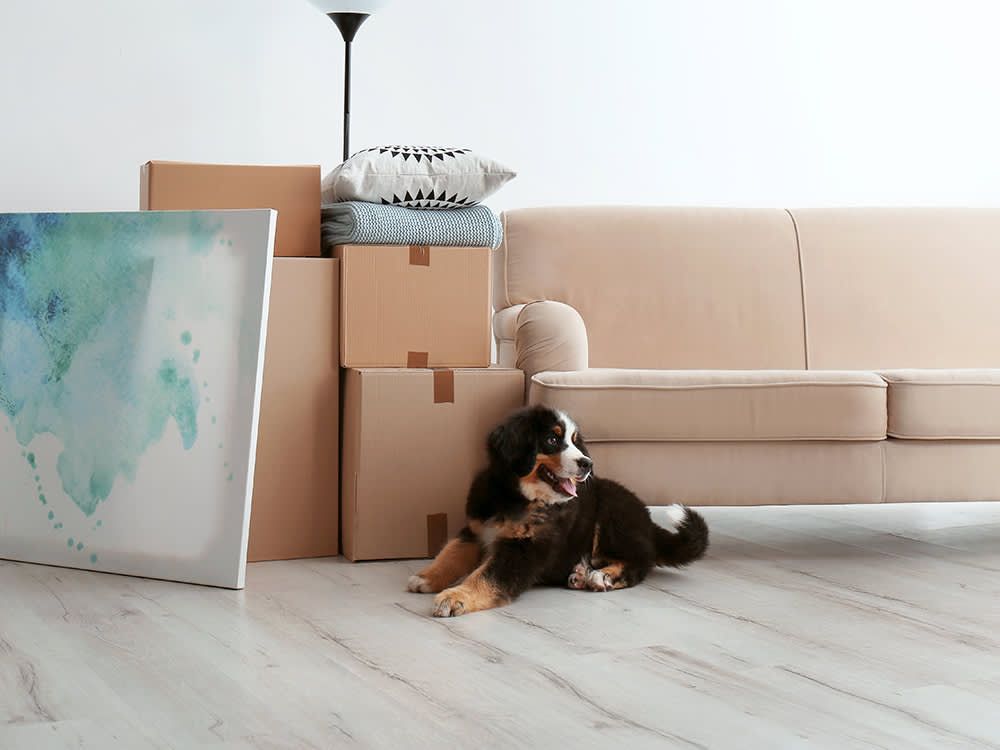
Also be sure to bring high-value treats that your dog doesn’t get often. Use these special goodies as positive reinforcement when introducing new places. The Human Society recommends, “Reward wanted behaviors with treats, praise, play and petting.” You can also play your dog’s favorite games periodically, which will help them associate fun with the new environment.
Stay Relaxed Yourself
Your energy impacts your dog. Remain upbeat, assertive, and calm during new experiences. Dogs are highly attuned to their owner’s emotions and can pick up on feelings of sadness, stress, and anxiety (Source). If you get tense or upset, your dog is likely to mirror that energy. Keep your voice and body language relaxed to help your dog stay calm.
Comfort your dog if they are anxious or scared, but be careful not to coddle the behavior too much. Offer praise and treats for calm behavior rather than reacting to whining or barking. If you seem worried yourself, it can reinforce your dog’s fears. Stay positive and self-assured to give your dog the confidence to explore new places.
Choose Dog-Friendly Locations
When introducing your dog to new environments, it’s important to choose locations that are dog-friendly. Some options to consider:
Outdoor patios vs. indoor restaurants. Outdoor patios at restaurants tend to be more accommodating to dogs than indoor dining areas. The outdoor space allows your dog room to move around without bothering other patrons (Rover’s Guide to Dog-Friendly Stores in America).
Stores with open layouts. Look for retail stores with an open floor plan and wide aisles that allow space for your dog. Stores like Petco, PetSmart, Lowe’s, and Home Depot often welcome dogs (Pets Welcome Toolkit).
Ask about policies before visiting. It’s always wise to call ahead and ask if dogs are allowed. Policies can vary greatly depending on the business. Some may allow dogs in certain areas but not others.
Taking the time to scout dog-friendly locations will make introductions go much smoother for both you and your pup.
Manage Interactions
When introducing your dog to new environments, it’s important to manage interactions with other dogs and people appropriately. As the advocate for your dog, don’t force interactions if your dog seems hesitant or overwhelmed. Let your dog approach others on their own terms and at their own pace. If another dog owner tries to greet your pup, politely decline if you can tell your dog is not comfortable. Advocate for your dog’s personal space and don’t allow strangers to pet your dog without permission. It’s okay to say “no” to protect your dog’s boundaries. For example: “He’s a little shy today, let’s wait until he approaches you first” or “We’re still training, so no pets please.” Remember that forced interactions can make dogs more reactive or fearful in the future. Meet your dog where they are at and let them warm up on their own timeline.[1]
Bring Supplies
When traveling with your dog, you’ll want to make sure you pack all the essential supplies they may need. This includes:
- A collapsible water bowl – This allows you to provide water for your dog anytime, anywhere.
- Poop bags – Be a responsible pet owner and clean up after your dog.
- A first aid kit – Keep basic medical supplies on hand in case your dog gets injured or ill.
- Medications if needed – Don’t forget any regular medications your dog takes.
Packing the proper supplies will help make sure your dog stays happy, healthy, and comfortable during your travels together.
Watch For New Fears
As you gradually expose your dog to new environments, be on the lookout for any new triggers that cause fear or anxiety (https://www.akc.org/expert-advice/training/common-fears-and-phobias-in-dogs/). Common triggers include loud noises, strange people or animals, specific locations, and more. If your dog suddenly becomes fearful or withdrawn, make a note of what they were exposed to right before the change in behavior.
Rather than forcing your dog into scary situations, take a positive training approach to counter-condition any newfound fears (https://www.thewildest.com/dog-behavior/helping-fearful-dogs). Associate the trigger with something your dog finds pleasant, like treats or play. For example, if your dog becomes afraid of skateboarders, give them treats and praise whenever skateboarders pass by at a distance that doesn’t induce fear. Very gradually decrease the distance as your dog builds confidence.
Allow your dog to set the pace for exposure. Let them observe triggers from afar where they feel safe, then slowly get closer as they are ready. Never flood your dog by forcing close proximity to a fear trigger. Patience and letting your dog take the lead will build trust and resilience.
Keep It Positive
It’s important to stay patient and upbeat throughout the trip as your dog adjusts to the new environment. Focus on creating pleasant associations with the location by pairing it with your dog’s favorite treats, toys, and games. If your dog seems uncertain, go back to an activity you know they enjoy to end on a positive note before trying something new again. Never scold or punish your dog for fearful behavior as this can make the association with the new place even more negative. Instead, be understanding of your dog’s perspective and make the experience as fun and rewarding as possible.
End each trip or session on a high note when your dog is relaxed and enjoying themselves. It’s better to keep initial trips short and sweet instead of pushing too far too fast. You want your dog to leave the new place feeling happy about the overall experience. This will make them look forward to coming back next time. With patience and persistence, your dog can gain confidence in new environments through steady positive exposure.
According to the Human Society, “Dogs respond best to praise – and food and toys. Positive reinforcement training uses a reward for desired behaviors. Because the reward makes them more likely to repeat the behavior, this technique encourages dogs to exhibit the requested response.” (https://www.humanesociety.org/resources/positive-reinforcement-training)


